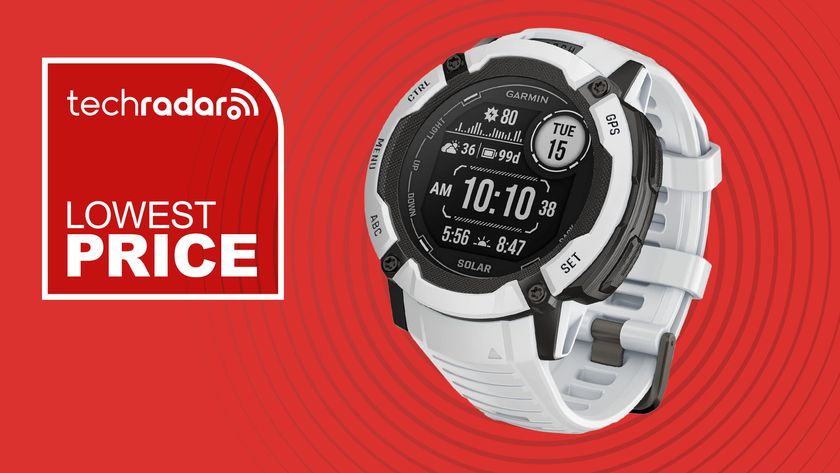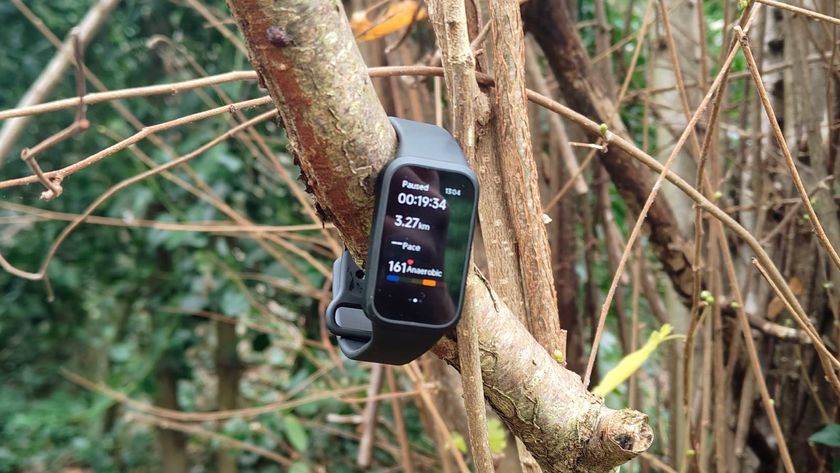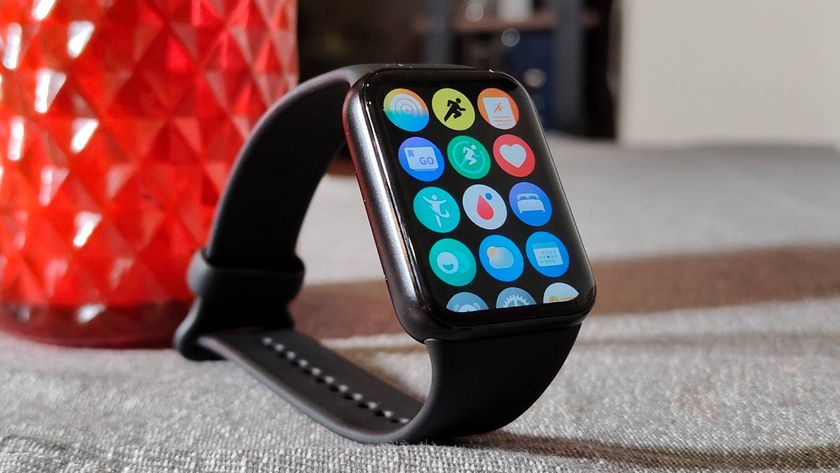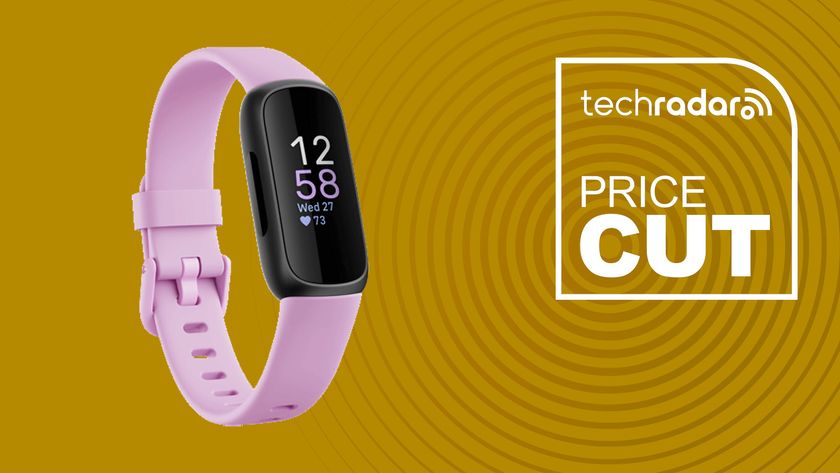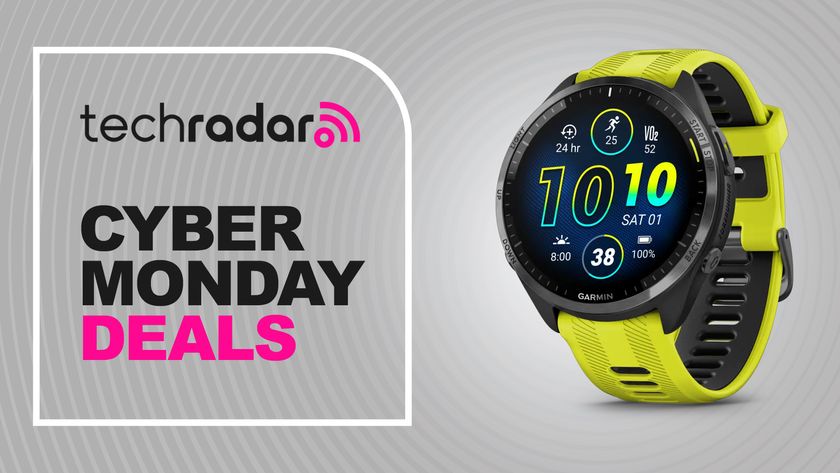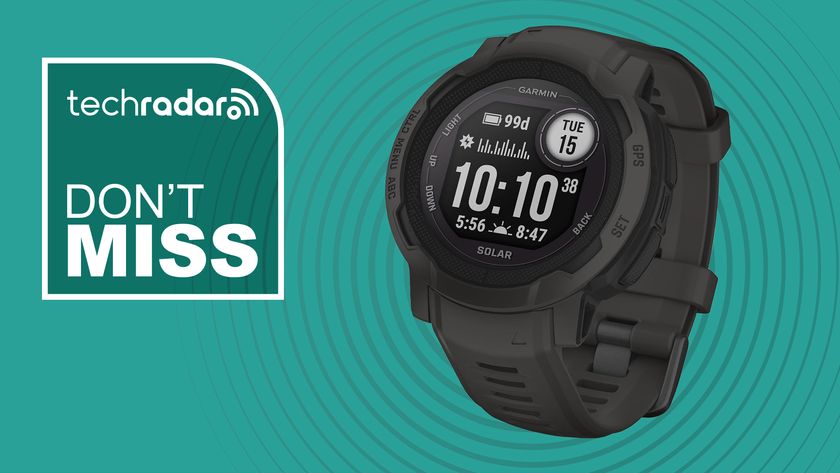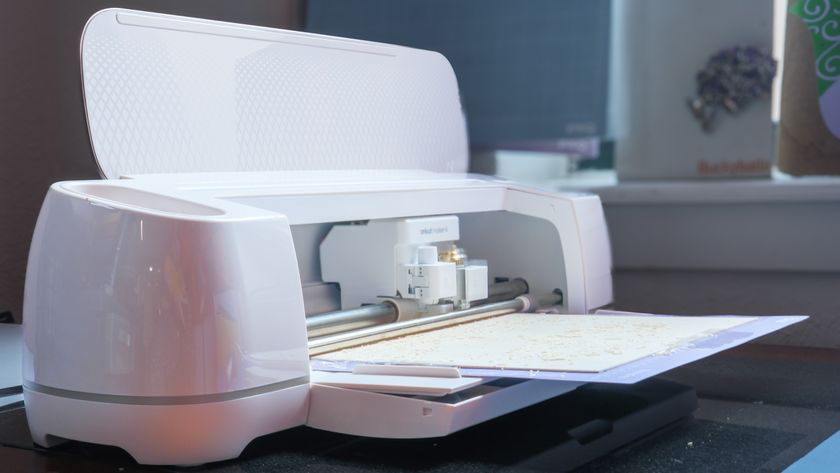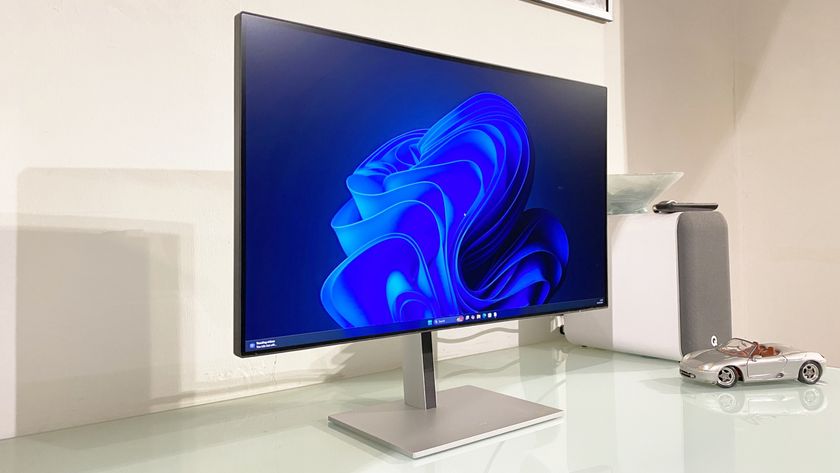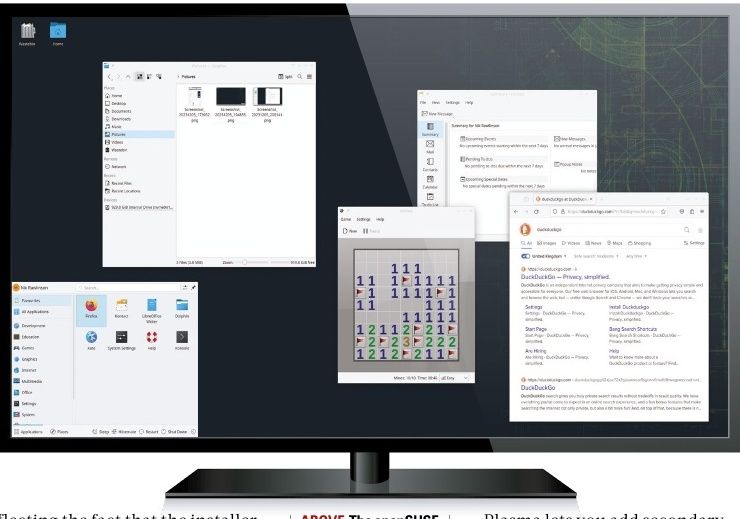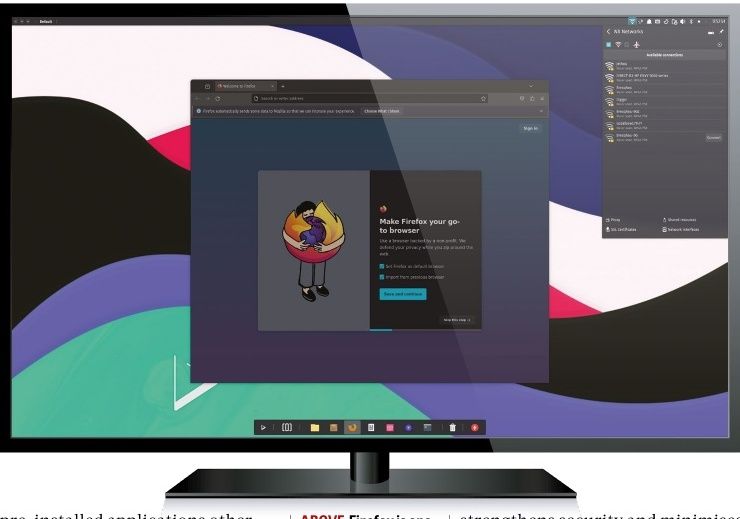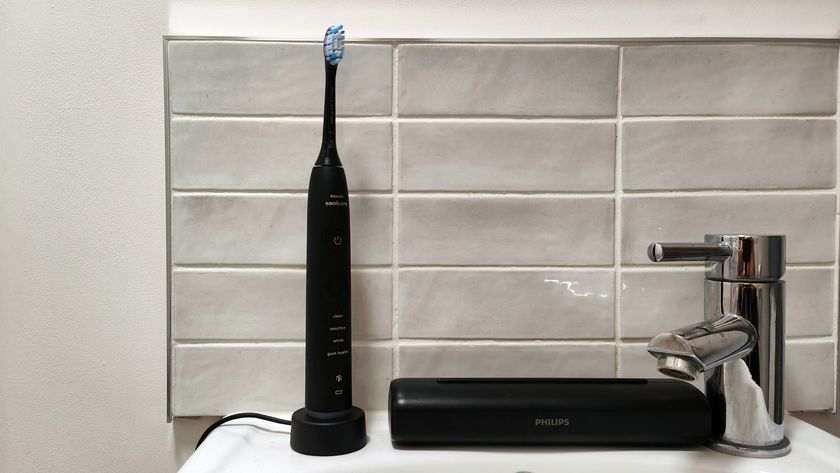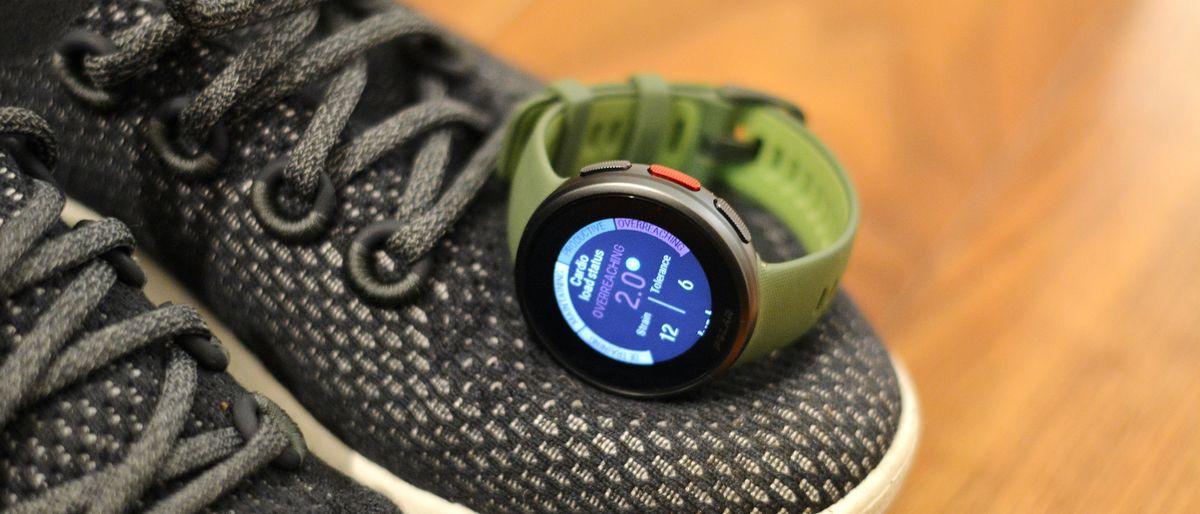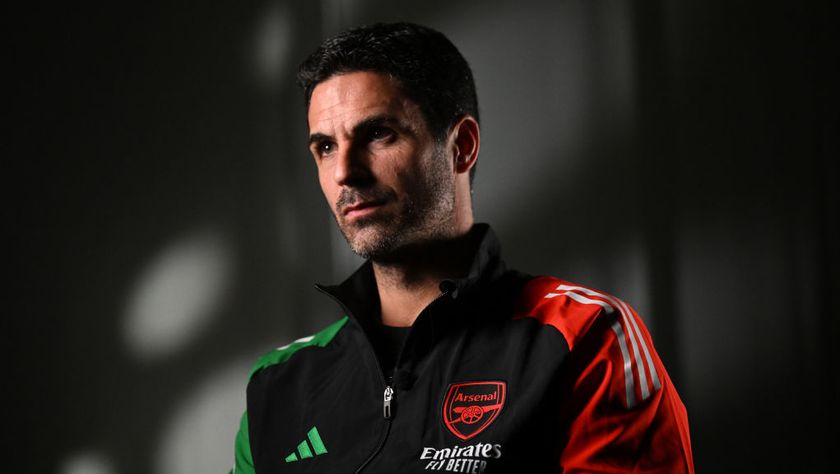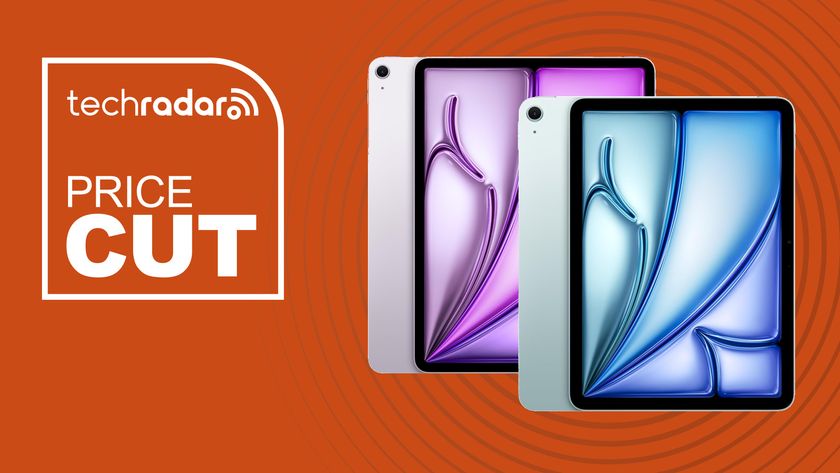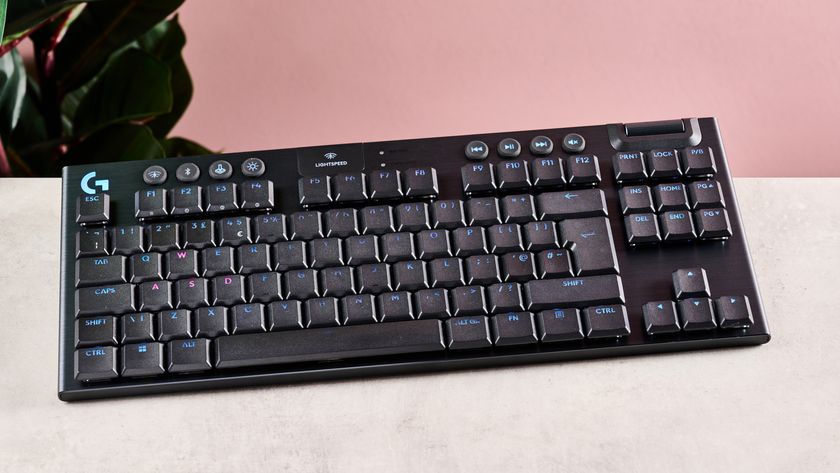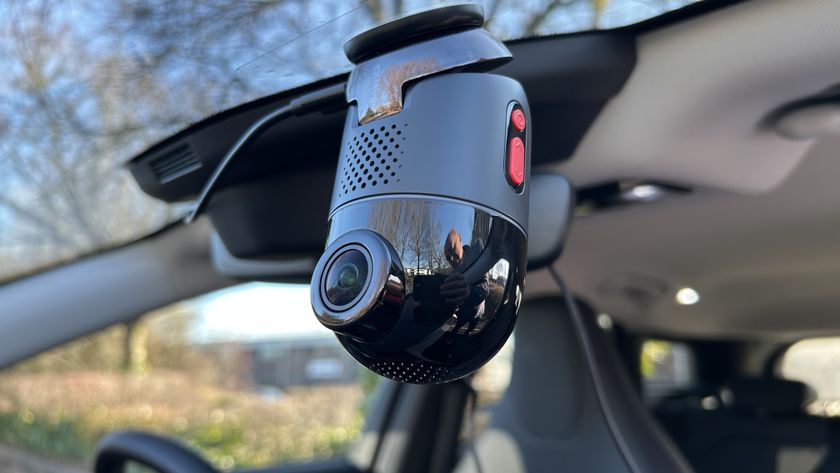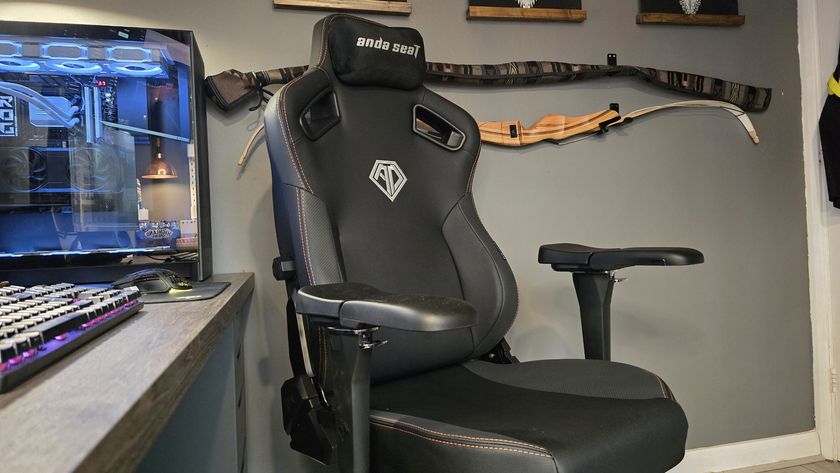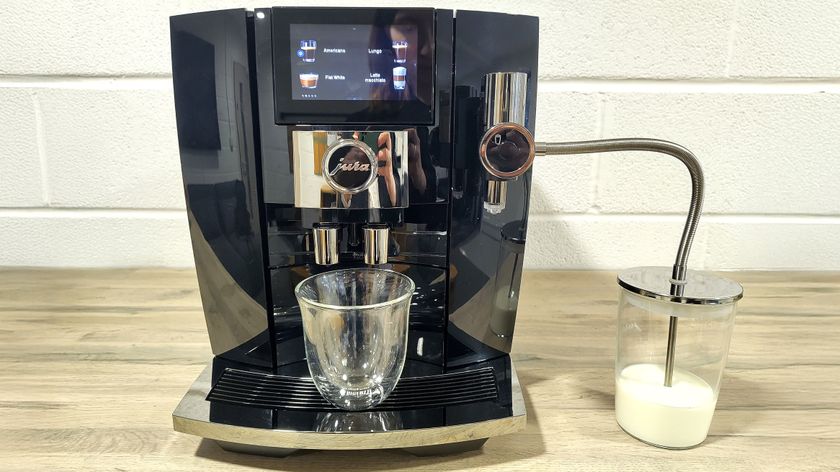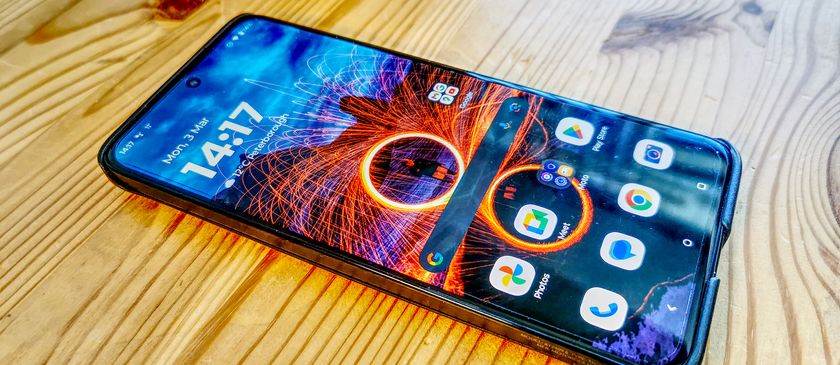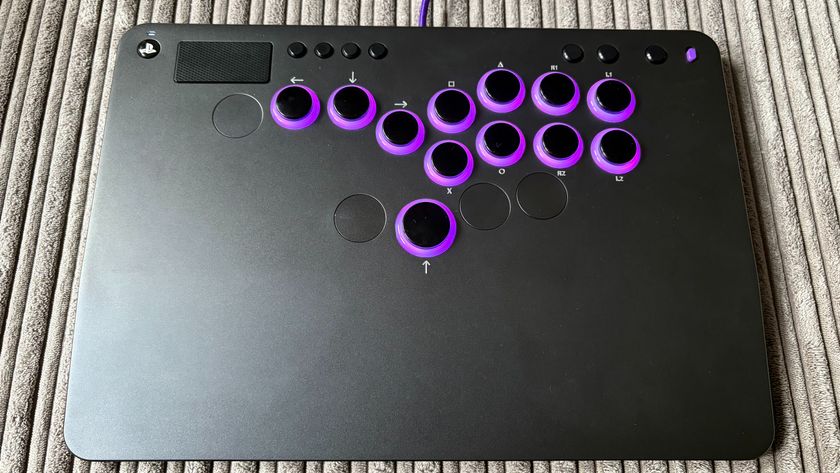TechRadar Verdict
A comprehensive multi-sport watch wrapped in attractive aluminium, the Vantage V2 ticks almost every box for active sorts. Tracking and training features are extensive, while route guidance and recovery smarts make it Polar’s most rounded wearable to date. Smart features are still limited and the touchscreen is laggier than it should be, but music controls, fresh faces and power saving options complete a package that’s tough to beat on price.
Pros
- +
Lightweight aluminium shell
- +
Training and recovery insights
- +
Connected music controls
- +
Excellent partner app
Cons
- -
Laggy touchscreen
- -
Limited set of watch faces
- -
Still short on smarts
Why you can trust TechRadar
Two-minute review
Polar’s Vantage V was one of the strongest multi-sport options on the market. Launched in 2018, the lightweight and good-looking watch was equipped to track all kinds of activities, as well as offering a range of training load and recovery insights to guide your exercise schedule.
Now the Vantage V has a successor: more evolution than revolution, the Vantage V2 retains the familiar form of the original while improving on several key aspects of its multi-sport skills. Re-crafted in aluminum to shave 14g off the weight, the second-gen sports watch is more waterproof than before, features several fresh faces and can control music on your mobile.
It also benefits from a beefier battery, as well as Komoot route guidance, hill splits and smart fuelling recommendations – all at a price that makes it significantly cheaper than the Garmin Fenix 6. In fact, the Vantage V2’s toughest competition is likely to come from the similarly equipped yet slightly more affordable Polar Grit X.
With limited smart features and a slightly laggy touchscreen interface, the Vantage V2 is clearly focused on sports performance over smartwatch imitation. And in that arena, it’s one of the most feature-packed and attractive multi-sport watches you can buy.
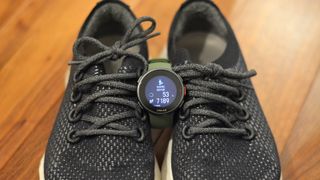
Polar Vantage V2 price and release date
- The Polar Vantage V2 is available now
- Launch price is $499.95 / £439 / AU$699
- Available in three color schemes
The Polar Vantage V2 launched in October 2020 and is available to buy now from the Polar website and major retailers.
The Vantage V2 costs $499.95 / £439 / AU$699. It’s available in black or silver, with three strap combinations to choose from, all of which cost the same. The straps themselves are available in two sizes: M/L, to fit a wrist circumference of 145-215 mm, or S, to fit a wrist circumference of 120-190 mm.
The Vantage V2 can also be bought from Polar in a bundle with the H10 heart rate sensor for $549.95 / £489 / AU$799.
Design
- Case measures 47 x 47 x 13 mm
- Aluminum shell is lighter at 52g
- Water resistant to 100m
- Interchangeable straps
On its face, the Polar Vantage V2 bears a striking resemblance to its predecessor. And that’s no bad thing: the Vantage V was a subtle and sophisticated sports watch, and the V2 is even slicker.
Refinements are clear on closer inspection. Though marginally larger at 47mm, the V2’s reprofiled case means the circular face doesn’t dwarf smaller wrists, with a single piece of aerospace aluminum curving smoothly round the back.
Replacing the stainless steel of the Vantage V, the new material has the double benefit of feeling premium while shaving 14g off the weight with a strap attached. At 52g, the V2 is light enough to wear all day, yet still sufficiently sturdy to survive rugged pursuits. Tested against military standards, it’s water resistant down to 100m and can operate at temperatures between -10°C and 50°C.
Straps are interchangeable and attach seamlessly to the watch without any cumbersome lugs. As a result, the V2 sits securely and comfortably on the wrist, and can also slip under a cuff once you’re done with the sweaty stuff.
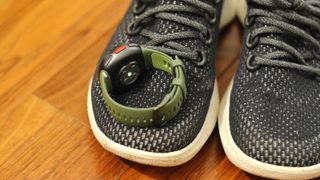
Screen, interface and controls
- 1.2-inch 240 x 240 colour touchscreen display
- Six watch face designs with customizable colors
- New weekly training summary widget
As before, the Vantage V2 features an uncluttered frontage, with a low-profile border and a black bezel bearing subtle time markings. At its centre is a 1.2-inch color touchscreen identical to the one found on the Polar Grit X. A 240 x 240 pixel resolution means the always-on display isn’t the sharpest or most vibrant on the market, but it is clear and readable outdoors, aided by an ambient light sensor which automatically adjusts brightness to suit the conditions.
The clean lines continue around the edge of the case, where five curved buttons now sit more neatly in the rounded edge – a welcome change from the chunky inputs so often seen on outdoor watches. Tactile and responsive, the buttons are the best way to interact with the Vantage V2, allowing you to swiftly switch between screens and settings, with inputs affirmed by gentle haptic feedback.
They’re also more appealing than the touchscreen, which still feels laggier than it should. There’s noticeable stutter when swiping between widgets or pulling up to access the new music controls. With the more effective buttons on tap, the touchscreen feels somewhat superfluous.
The interface itself will be familiar to any user of a recent Polar wearable. Clean, simple and easy to use, cycle through data readouts which circle the watch face or dive into the straightforward menu to start a workout or adjust settings. Some might find the limited customisation options restrictive, but Polar has broadened the options for the Vantage V2, with six color-customizable faces to select from (three analog, three digital). There’s also a fresh weekly training summary widget, which instantly illustrates your performance on a rolling basis.
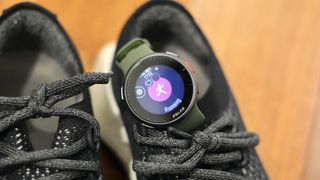
Performance and tracking
- 130 modes for every sort of sport
- Optical heart-rate tracking with eight LEDs
- Reliable GPS routing, but pacing can lag
Just as the Vantage V was designed to go the distance during every discipline, so the V2 can track you through any sort of sport. There are 130 dedicated profiles, any 20 of which can be loaded onto the watch via the Polar Flow app. From running, swimming and cycling to soccer, sailing and squash, each mode features metrics unique to the activity you’re doing.
Hit the pool, for example, and you’ll get stats such as strokes, laps and pace on screen, while cyclists and runners can see speed and power zones. You’ll also get heart-rate data for every activity and, if it’s an outdoor pursuit, GPS route logging.
BPM numbers come from the eight-LED optical heart-rate sensor, which performs as well as any wrist-based monitor on the market. As with the Polar Grit X, average readings from the V2’s optical sensor pretty much matched the results from a chest strap sensor when the watch was securely strapped. Responses to sudden changes in heart-rate – as you might experience during a HIIT workout – weren’t instantaneous and sometimes resulted in spikes, but those criticisms could be levelled at almost any wrist sensor. If you want greater accuracy, the Vantage V2 can be paired with a Bluetooth chest strap.
It’s a similar story with route tracking. With GPS working alongside GLONASS, Galileo and QZSS support, the Vantage V2 is quick to lock on and route data is accurate, tracking path and distance reliably even when there’s tree cover. But if you change pace abruptly, the V2 can sometimes take several seconds to respond. Average pace corrects itself over the course of an activity, but the delay can make interval training trickier to track.

Fitness, training and recovery features
- Training load status and recovery-based workout recommendations
- Nightly Recharge offers in-depth sleep insights
- Running and cycling performance tests
Still, the Vantage V2 is an outstanding fitness companion. From everyday data to training insights, the Polar watch offers an arsenal of fitness features to meaningfully augment your exercise regime. Besides daily activity goals, sleep stage tracking and 24/7 heart-rate stats, the V2 offers power and performance tests for runners and cyclists, fuelling recommendations for long-distance joggers and support for Strava Live Segments.
Equally as comprehensive is the catalog of recovery tools, designed to reduce your risk of injury and overexertion through rest and exercise recommendations. Training Load Pro highlights the strain that training’s taking on your body, while Recovery Pro shows whether you’re ready to go again. There’s also a Leg Recovery Test to check if you’re ready for HIIT, Nightly Recharge tracking to determine how well your body’s resting and FitSpark workout recommendations based on your recovery rate.
In practice, these aids provide a useful holistic insight into your body’s condition. There’s no menstrual tracking or blood oxygen measurements – and custom workout recommendations will be an unnecessary extra for those with an established routine – but the Vantage V2’s suite of support features is nevertheless extensive.
As it was on the Polar Grit X, the Hill Splitter mode is more miss than hit. Ineffective in low-power mode, it wasn’t flawless with GPS fully enabled. Though marginally better than the Grit X at detecting elevation changes, the V2 still failed to notice a few gentler inclines, while several ascents were logged as longer than they really were.
More useful is Komoot route guidance, also shared with the Grit X. Paired through the Polar web service, pre-mapped paths can be loaded onto the watch for barebones wrist-based navigation. Directions are straightforward and it doesn’t display offline maps or terrain data, but it is a handy addition to any orienteering tool kit.
App and smart features
- Music controls via connected smartphone
- Notifications, but no payments or apps
- Polar Flow app is comprehensive and accessible
Make no mistake: the Vantage V2 is a training tool first and foremost – and a very good one at that. It can show notifications from a connected smartphone and there is a simple weather widget for short-term forecasts, but you won’t find anything like the mobile payments or third-party apps supported by smarter sports watches such as the Garmin Fenix 6 Pro.
Then again, the Vantage V2 is significantly less expensive than Garmin’s top-end tracker – and it does at least introduce wireless music controls. Connected to a smartphone with a music app open, simply swipe up to see basic play, skip and volume controls, as well as song and artist information. It might not be as convenient as fully offline playlists, but it does make navigating audio that little bit easier.
As for the Polar Flow app, it remains one of the most comprehensive partner applications around. Syncing is slow but reliable and, once it’s finished, the Flow app makes it easy to access data in as much depth as you want. From daily activity to training logs to sleep feedback, a range of graphics make it straightforward to understand your progress, with no shortage of stats to delve through.
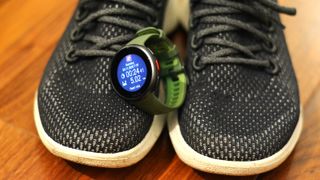
Battery life
- 40-hour stated GPS battery life
- Seven-day longevity with 24/7 heart-rate
- Several power-saving options
At 346mAh, the Polar Vantage V2’s battery is beefier than that of its predecessor, yet its performance figures remain the same: up to 40 hours in training mode or seven days of watch usage with 24/7 heart rate monitoring.
What’s changed is the addition of the power saving settings first seen on the Grit X. These give you the option to significantly extend longevity by individually disabling or reducing the frequency of certain features, such as the GPS refresh rate. You’ll get an estimate of battery life before starting an exercise and, in practice, this proves broadly accurate, depending on GPS coverage.
Logging location on a run with Bluetooth connected and no features disabled, battery drained at 3-4% per hour, which equates to a battery life of around 25-30 hours. That is substantially less than the claimed 40-hour figure, but accurately reflected the pre-exercise estimate given by the watch itself.
In any case, the more important figure for most people will be the longer-term battery performance. With mixed use – a couple of runs, an indoor workout and a long walk – the Vantage V2 can go for 4-5 days. Log fewer GPS workouts or disable the Bluetooth connection and you’ll find it can comfortably achieve that stated seven-day number.
As for the charger itself, the Vantage V2 shares the same proprietary attachment as the Grit X, the Vantage V and the Ignite. While the cable is shorter than it could be, the magnetic disc is neater and more secure than many connectors.
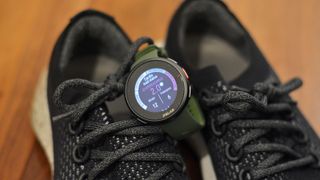
Verdict
If you’re looking for an all-in-one training aid that can track almost every metric and discipline, the Polar Vantage V2 deserves a spot on your shortlist. Taking the Vantage V as its foundation was always likely to yield good results, and the V2 doesn’t disappoint.
Lightweight and durable, the Vantage V2 is a stellar sports watch in attractive packaging. The touchscreen is still too laggy to be truly useful, but that’s easily overlooked thanks to the tactile buttons and a straightforward interface, while the addition of fresh watch faces and new power saving options help to enhance the user experience.
Its arsenal of training aids and recovery recommendations also mark the V2 out as a serious tool for those of an athletic disposition, meaningfully augmenting its catalogue of sports profiles and tracking options.
Smarts are the only stumbling block. Music controls are a useful addition, but it can’t hold a candle to the mobile payments and app support offered by the Garmin Fenix 6 Pro – but it’s also significantly less expensive. Priced as it is, the Polar Vantage V2 delivers real punch for your money.
Buy it if
You want a watch that can track it all
With 130 sport profiles, GPS tracking and an eight-LED heart-rate sensor, the Polar Vantage V2 is one of the most versatile multi-sport watches you can buy. Plus it’s compatible with chest straps and cadence sensors.
You want in-depth training and recovery insights
No back-seat tracker, the Vantage V2 is designed to augment your training and offer meaningful recovery insights. Log training load, measure running power, analyse hill splits, delve into sleep stats and get recovery-based workout recommendations.
You like lightweight, premium wrist wear
With a shell made from aerospace aluminium, the Polar Vantage V2 feels like a premium piece of active wrist-wear. Lightweight yet solidly built, it’s subtly stylish and sleeker than many of its bigger, chunkier competitors.
Don't buy it if
You want apps and offline music
Music controls and smartphone notifications mean the Vantage V2 is a connected training partner, but its smarts are nevertheless pretty limited. There’s no option to save offline playlists, make wrist-based payments or install third-party apps.
You like a slick, swift touchscreen interface
The Vantage V2 is easy to control with the tactile and responsive physical buttons. Its touchscreen often feels like an unnecessary extra, an impression which isn’t helped by slow and laggy responses to swipe inputs.
You want instant, accurate interval tracking
GPS tracking is reliably accurate when it comes to logging routes, but the Vantage V2 can sometimes be slow to notice sudden changes in pace. The results will average out, but it makes intervals trickier.
- The best running watches of 2020
Formerly News Editor at Stuff, Chris now writes about tech from his tropical office. Sidetracked by sustainable stuff, he’s also keen on cameras, classic cars and any gear that gets better with age.
